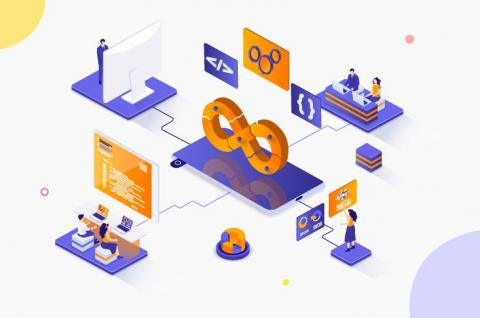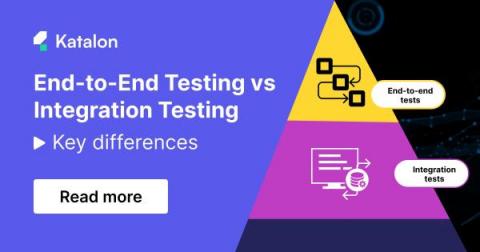Systems | Development | Analytics | API | Testing
Testing
The latest News and Information on Software Testing and related technologies.
User Stories In Testing: How To Convert it Into Test Cases?
Welcome, Fellow Software buffs! Have you ever wondered how to convert those vexing user stories into valuable and efficient test cases? Look no further! since we’ll dive into the fascinating field of user stories in testing today! When following agile methodology for software development, user stories will be the basis for your work.
What is Pilot testing in Software Testing?
As software development becomes increasingly important and complex, understanding the methods and techniques used to ensure quality and reliability in software testing is essential. One such method is Pilot testing! Pilot testing involves testing a limited software version with a small group of users before releasing it to the general public. People often use pilot testing in combination with other testing methods like alpha and beta testing.
Alpha Testing 101: Everything You Need to Know
As software development cycles evolve, testing remains essential to ensuring high-quality products. Alpha testing it aims to identify bugs and other issues before the product goes to market. But what exactly is alpha testing, and how does it differ from other testing phases? This blog post will start by defining alpha testing and its primary goals, then explore the different types of alpha testing and how to conduct them.
5 Ways a Modern Application Architecture Can Benefit Your Organization
The need for organizations to compete in a changing market more rapidly than ever motivates the necessity for a robust modern application architecture. Organizations’ demand for new application features and capabilities constantly changes, and developers need help to keep up with change requests utilizing legacy application development tools and underlying infrastructure.
Salesforce Regression Testing: Benefits and Best Practices
As businesses continue to rely on Salesforce to manage their day-to-day operations, it’s more important than ever to have a solid regression testing strategy in place. By performing regular Salesforce regression testing, you can ensure that your Salesforce applications continue to work as intended, even after a code change. In this guide, we’ll discuss the challenges of Salesforce regression testing, best practices, and tools you need to know to get started.
Session Based Testing Technique In Software Testing
The Software Testing is key aspect of Software Development Life Cycle (SDLC). Outcome of the product quality depends on how thoroughly software is tested. There are different types of testing techniques. Exploratory testing is one such popular technique where the professional testers perform the testing without any preparation. Tester explores the given functionality and aims to find as many bugs as possible.
Release testing: How to automate with Testsigma?
Testsigma is a popular codeless test automation tool that addresses the challenges encountered by the test automation industry. The tool lets you easily create release tests as you write a test in simple English. It implements artificial intelligence to automatically fix the tests where possible. It is a low-code testing tool that handles repetitive, complex, and time-consuming tasks. Those team members who can’t code can effortlessly and quickly accomplish automation testing using Testsigma.
Find Element by XPath: A Complete Guide
The browser renders web pages as HTML documents, HTML documents contain a series of HTML elements such as
etc. Automation Testing of web applications requires components of the webpages to be identified uniquely to perform any action on that. Locators or Selectors are used to identify the web elements uniquely on the webpage. The Locators are a series of elements chained with the selector-specific syntaxes.
End-to-End vs. Integration Testing: What's the Difference?
End to end and integration testing are both critical in creating comprehensive test automation, yet they offer different focuses and scopes. In this article, we’ll guide you through the fundamentals and key differences of these two types of testing.









